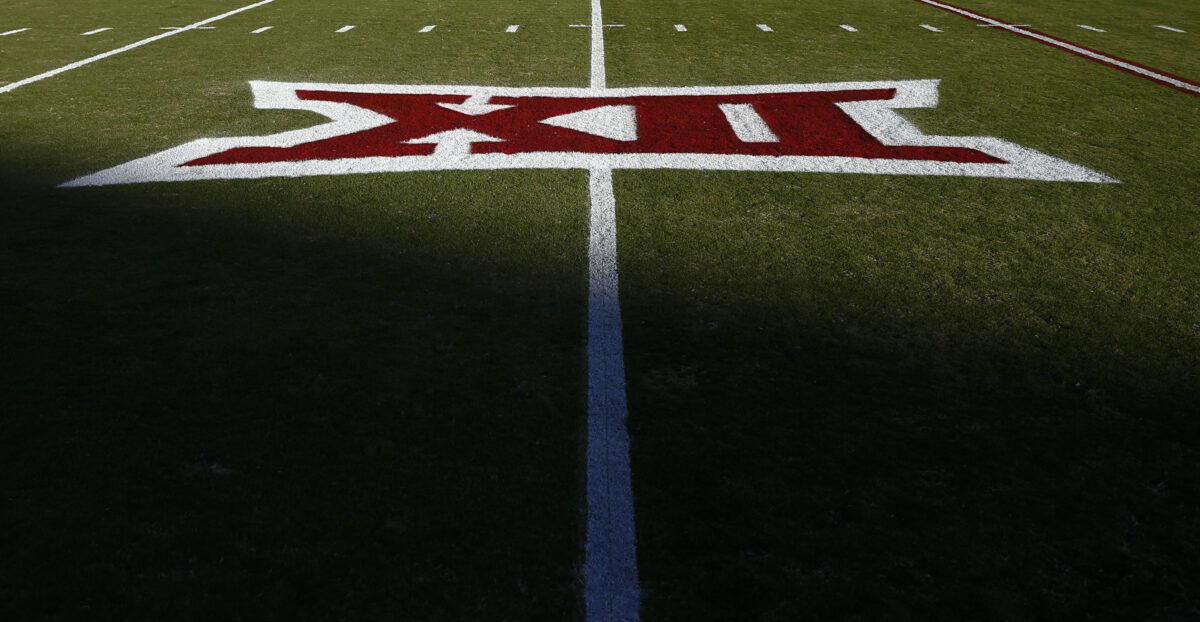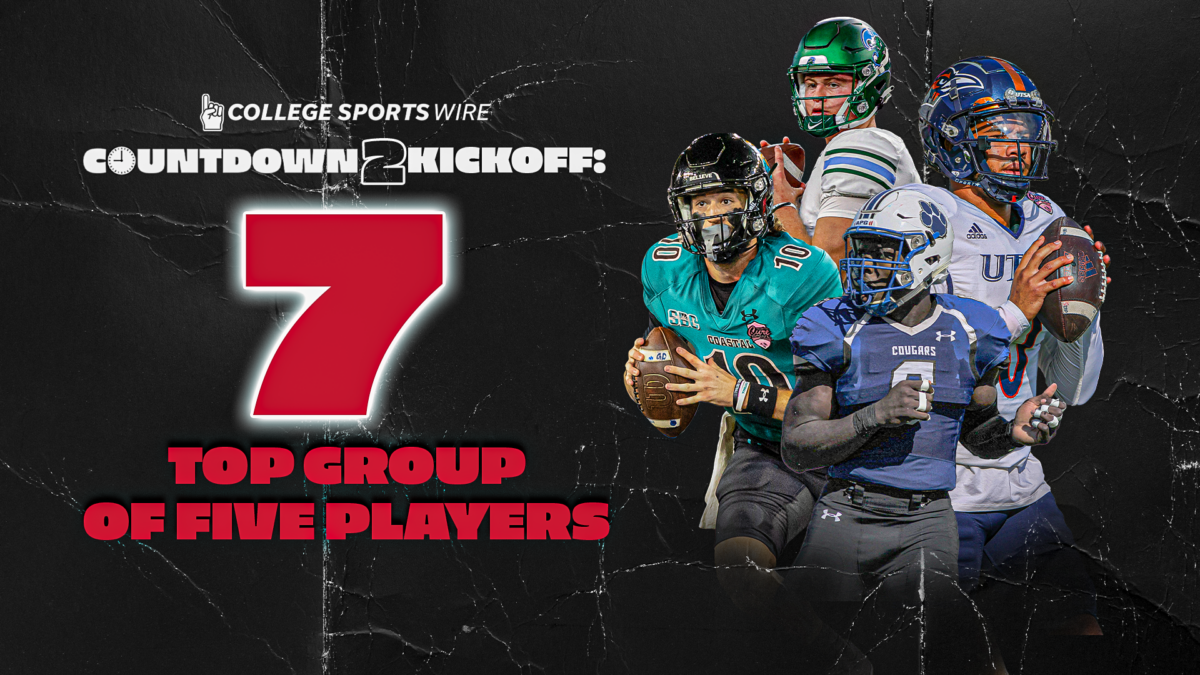The Pac-12 is up to six schools after swooping in and snagging four programs from the Mountain West last week: Fresno State, Boise State, Colorado State, and San Diego State.
With eight teams needed at minimum in order to qualify as an FBS league, the Pac-12 has about 22 months to add at least two more programs in order to be ready for a triumphant return in 2026.
Previously we discussed why adding another Mountain West school in UNLV and an ACC powerhouse program in Memphis could make sense for commissioner Teresa Gould, but today we want to focus on what is very likely going to be a big factor for the Pac-12 during this search: getting a footprint in the state of Texas.
While there are many options that could appeal to the Pac-12, today we start by discussing the University of Texas-San Antonio Roadrunners:
The Pros
The Pac-12 knows Texas is a vital market to tap into if they want to entice media partners to shell out big money for this new endeavor. Unless SMU finds its way out of the ACC alongside Stanford and Cal, the Pac-12 is likely looking at teams in either the American Athletic Conference or Conference USA to give them a market share in Texas.
UTSA seems like a great place to start. Located in San Antonio, ranked as the 31st largest media market in the country, the Roadrunners offer the Pac-12 a chance to get their programs on TV in Texas, which should not only help with getting a better media deal, it will help with recruiting as well.
UTSA isn’t just a means to the San Antonio market, however, they are a quality football program that transitioned seamlessly into the AAC with a 9-4 overall record in 2023, including 7-1 in league play and a 35-17 win over Marshall in the Frisco Bowl.
The team is 1-2 so far in 2024 after getting blasted by Texas, 56-7, in Week 3 – but don’t let that fool you this is a very good football program who has been to a bowl game in each of the past four years under coach Jeff Traylor.
The Cons
UTSA has been great on the gridiron in the coach Traylor era, but the program has only been FBS eligible since 2012, and while the recent success is very promising the program has very little brand recognition nationally, especially when compared to other potential targets like Memphis, UNLV, Tulane, or South Florida.
Additionally, adding a team in Texas comes with added travel concerns that would likely be mitigated by bringing a travel partner into the conference as well. That is a solvable problem – even adding Memphis and UTSA together would work – but it does make them a bit trickier of an add than some of the other potential targets.
Plus, while everyone knows football is the king, UTSA is a pretty terrible men’s basketball program that would dramatically lower the overall competition level in the new look Pac-12. The Roadrunners are 229th in Ken Pomeroy’s overall program rankings dating back to 1997, far below every one of the six teams currently in the conference (Oregon State is at 112).
A league with San Diego State, Boise State, Colorado State, and potentially Memphis is a competitive basketball league, and if the Pac-12 has any interest in pursuing Gonzaga or St. Mary’s to bolster the basketball side of things – a team like UTSA may give those programs pause.
Verdict
The Pac-12 is going to end up with at least one team in Texas when all is said and done. That feels like as close to a guarantee as you’ll get in conference realignment. UTSA feels like a very strong candidate thanks to sustained success on the gridiron and a location right in the heart of a major media hub in San Antonio.
However, as a relatively new FBS program without much brand recognition, UTSA isn’t as big of a needle mover as some of the other, more established programs on the market. Plus, poor basketball results would lower the Pac-12’s standing in that regard, which could be problematic if they hope to lure Gonzaga and St. Mary’s out of the WCC.
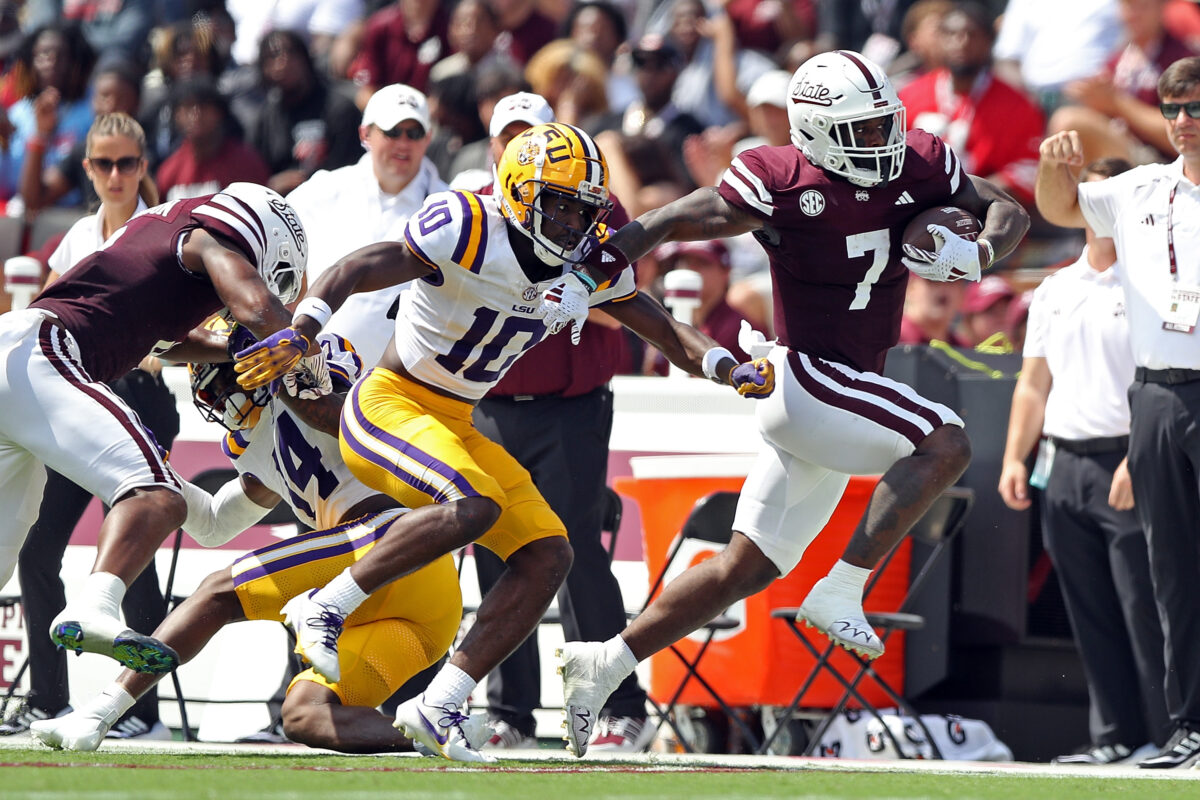
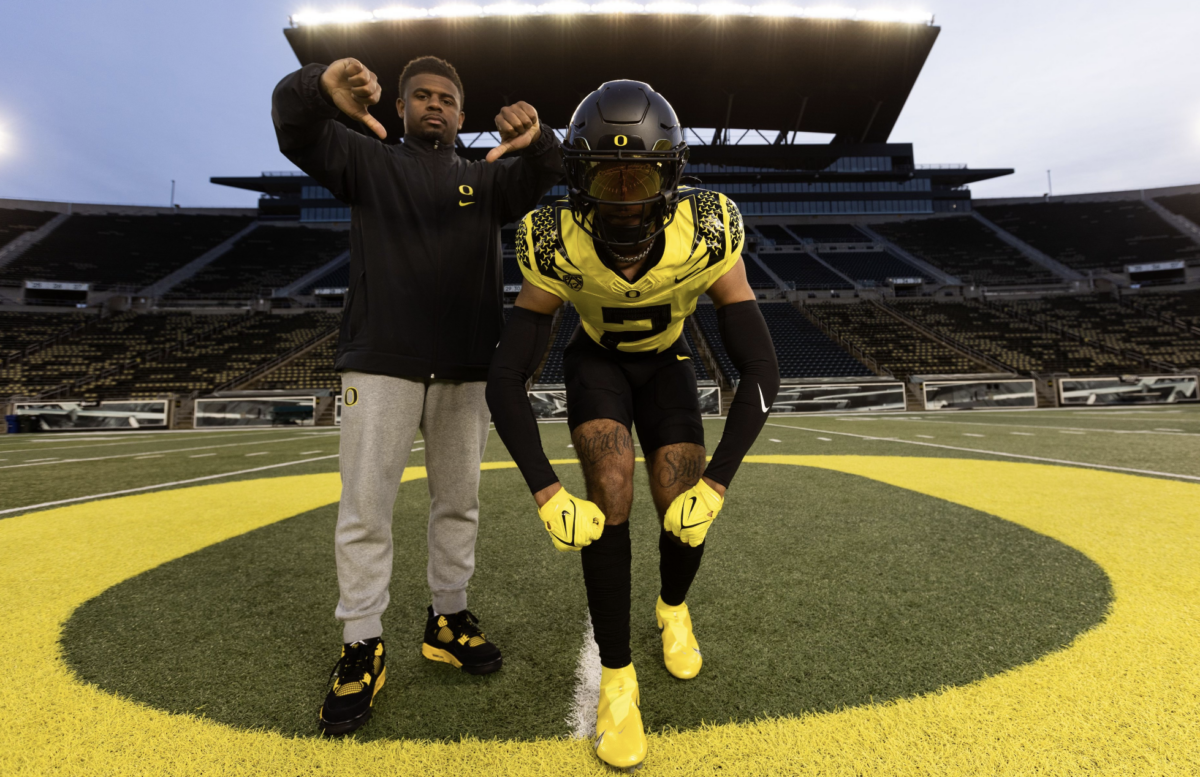


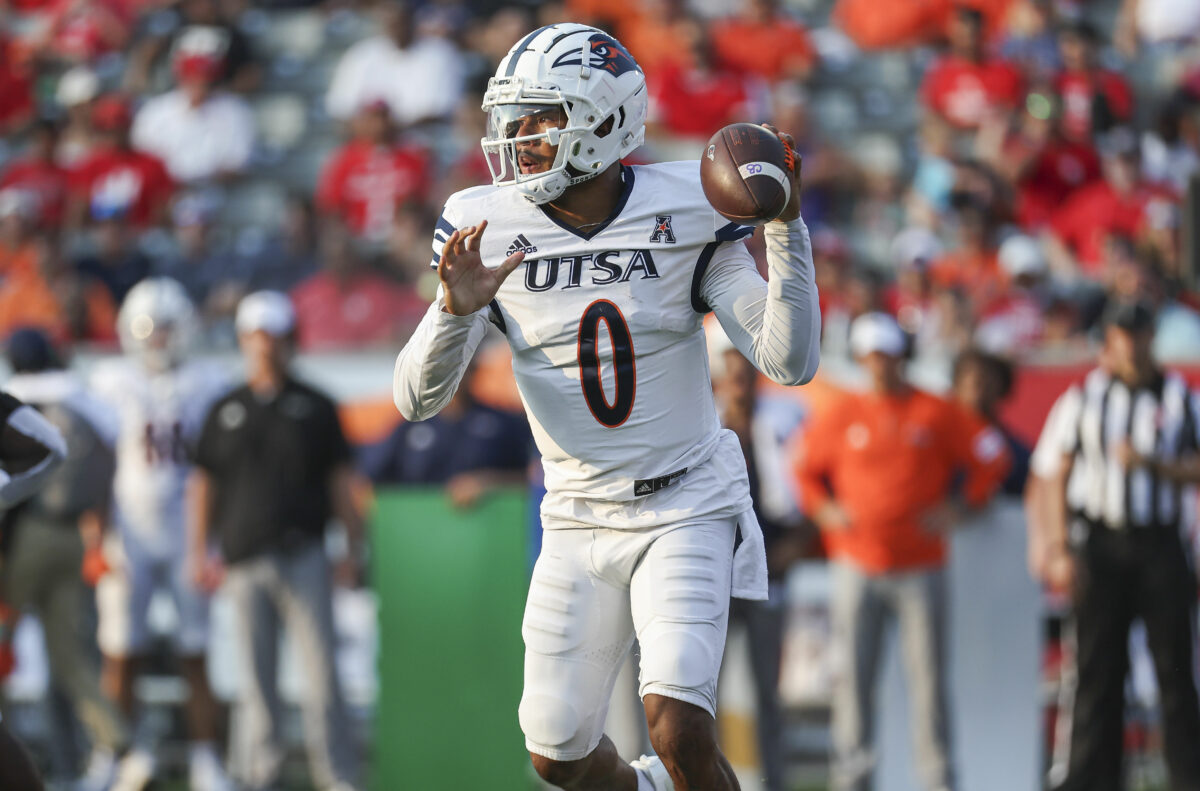



 (@UTSAFTBL)
(@UTSAFTBL) 